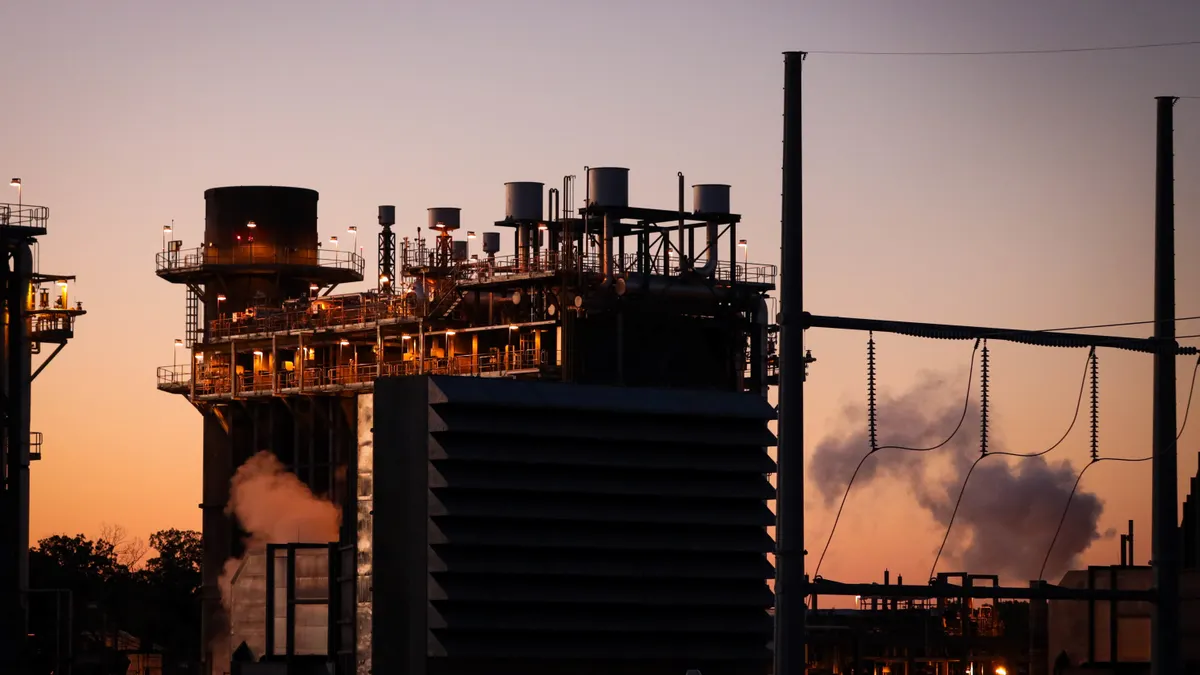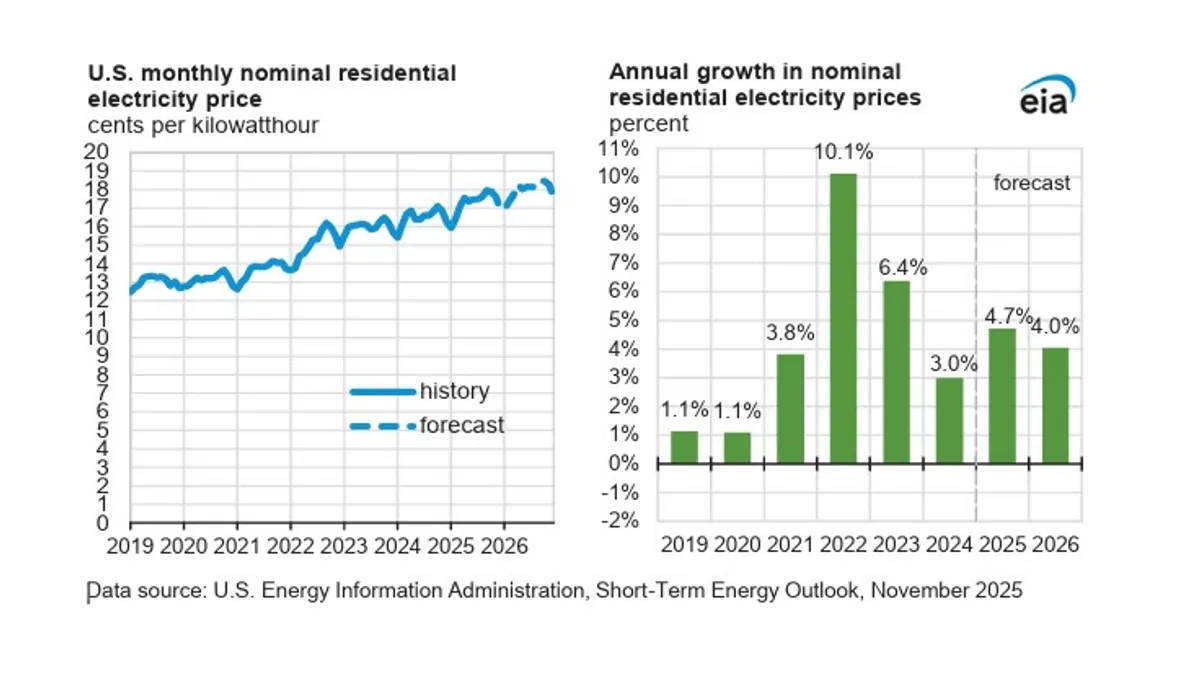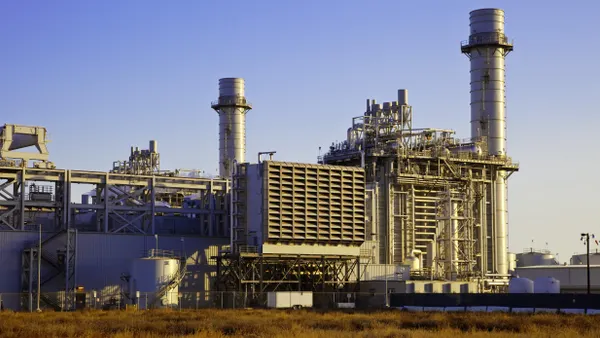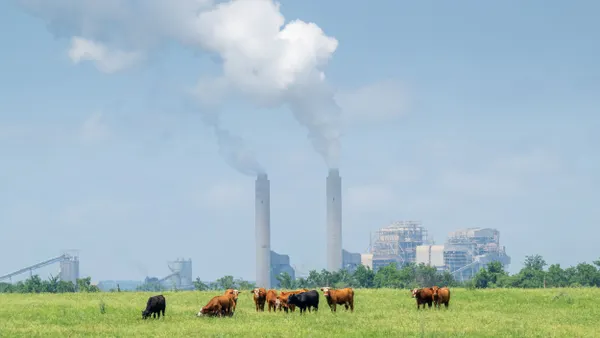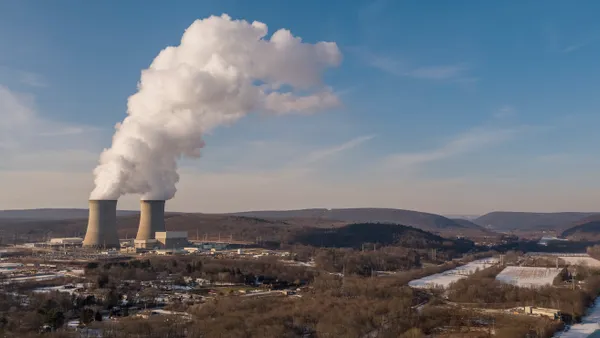Dive Brief:
- The Obama administration is expected to announce new regulations Wednesday on ground-level ozone, a smog-causing pollutant scientists say is harmful to human health, the New York Times reports.
- The proposed rule would lower the acceptable threshold for ozone from 75 parts per billion to a range of between 65 and 70 parts per billion. The EPA's threshold falls between recommendations from the fossil fuel industry, which wanted the regulations unchanged, and environmental advocates, who wanted the rules tightened to 60 parts per billion of ozone in the atmosphere.
- The ozone regulations, like earlier Obama EPA regulations on carbon emissions and mercury and air toxics, are expected to become a popular target for the ire of Congressional Republicans, who see them as an example of regulatory overreach. Incoming Senate Majority Mitch McConnell (R-Ky.) has vowed to block or overturn each one of the environmental regulations.
Dive Insight:
The EPA's new ozone regulations were actually slated to be released years ago, the New York Times reports. President Obama had planned to announce new EPA limitations on ozone in 2011, but pulled back as Republicans and fossil fuel industry groups planned to attack them, fearing they could hurt his reelection chances.
The economy, the president said at the time, was too delicate to subject it to new ozone rules. Environmentalists, taking the decision as a major setback, sued the administration, and earlier this year a federal judge ordered that the rule be released by Dec 1.
Now the administration looks poised to enact a trifecta of ambitious air pollution regulations. Along with the proposed Clean Power Plan, which will regulate carbon dioxide emissions once finalized, and the Mercury and Air Toxics Standard (MATS), which aims to reduce hazardous toxins like mercury and sulfur dioxide, the ozone regulations represent a push from the president to exercise his executive authority to act on the environment.
There are still many hurdles for the ozone regulations to jump before implementation. Congressional Republicans have promised to target the EPA to stop it from enacting new regulations, and fossil fuel-laden states and industries will almost certainly challenge the legality of the new regulations in court.
Just yesterday, the Supreme Court agreed to hear a challenge to the MATS regulations brought by utilities and other industry groups. The High Court upheld the agency's authority to regulate greenhouse gases under the Clean Power Plan in June.
Environmentalists and public health advocates cheered the new ozone regulations, saying the pollutant is connected with asthma, heart disease and premature death.



